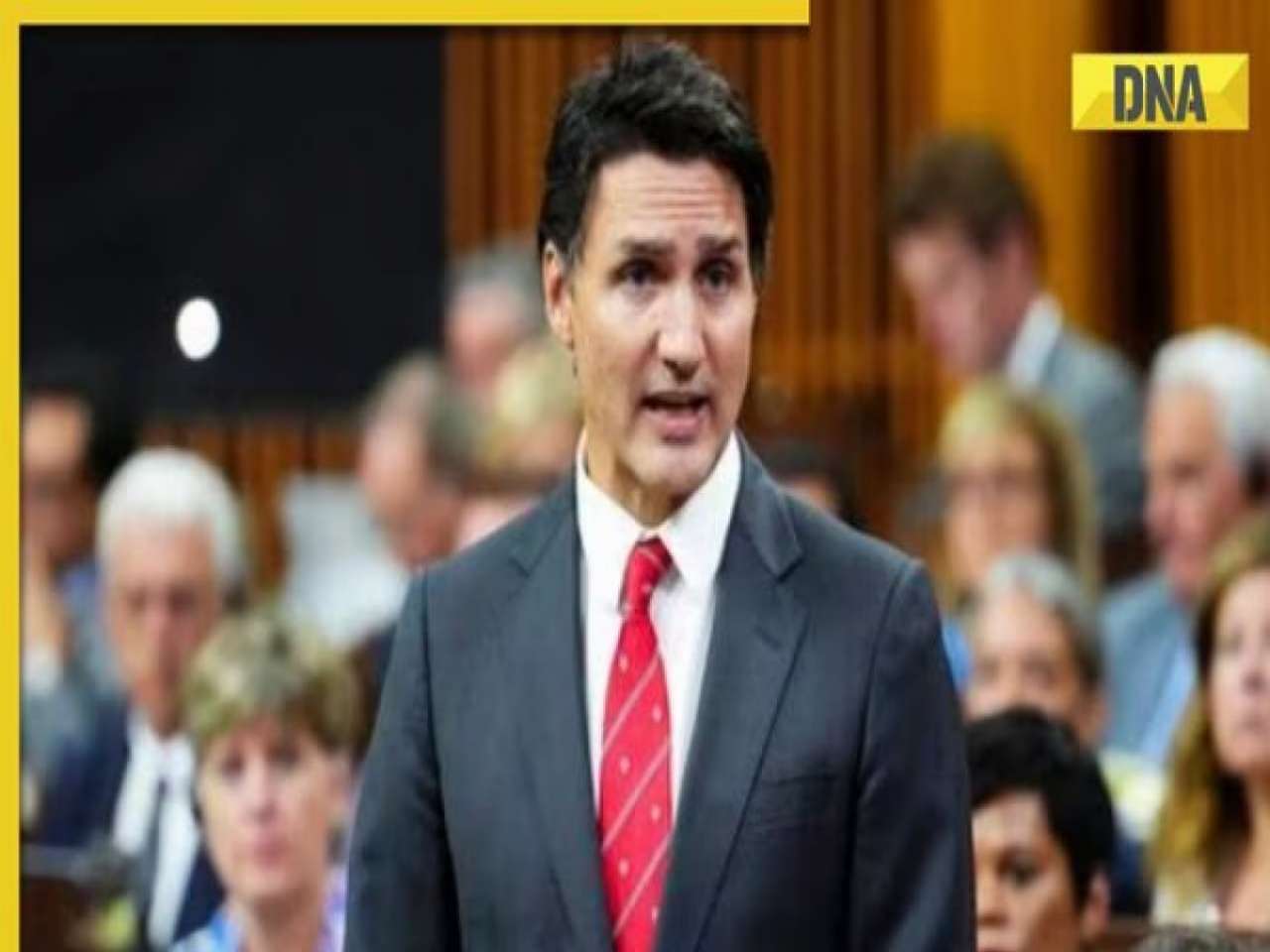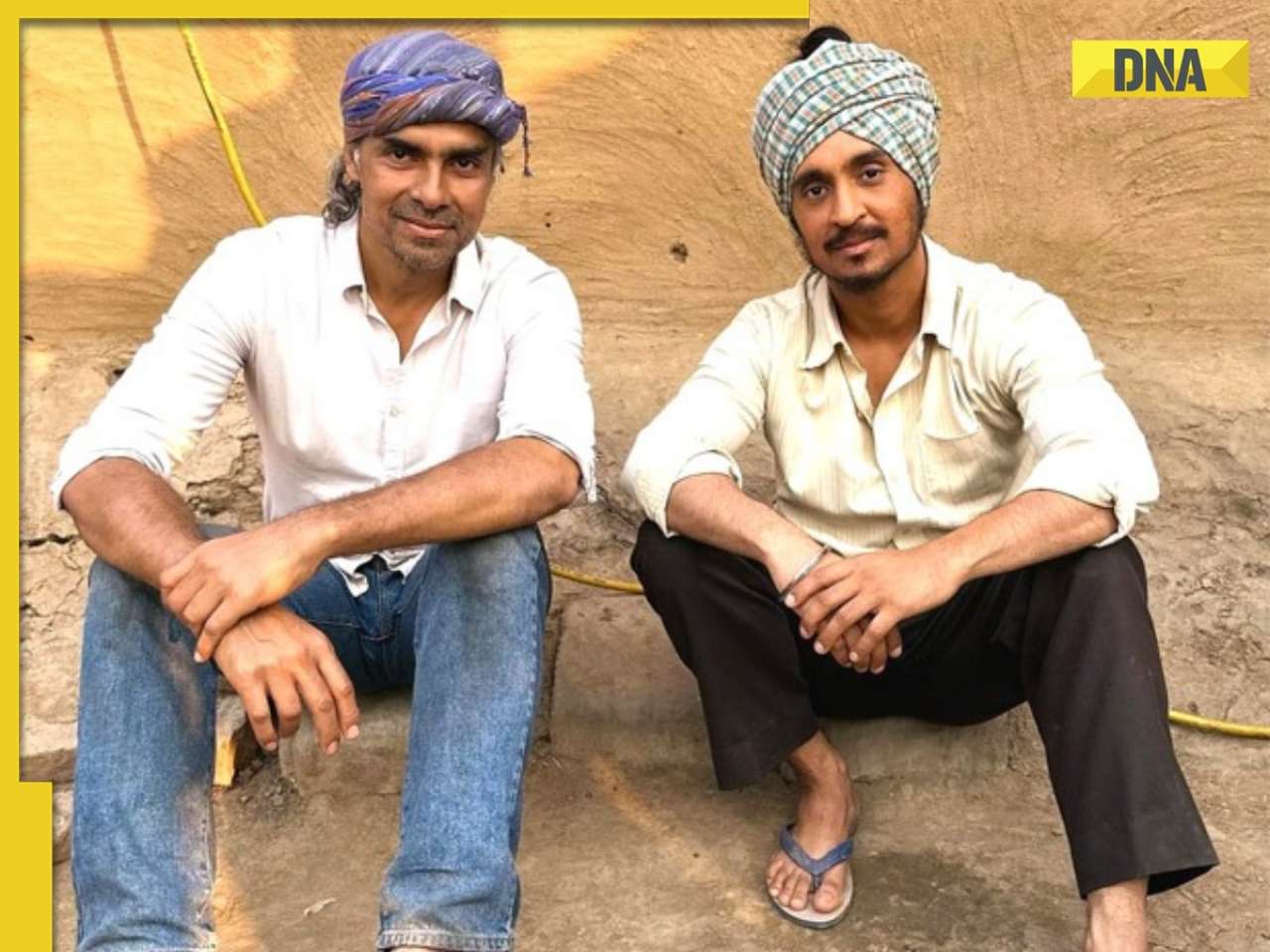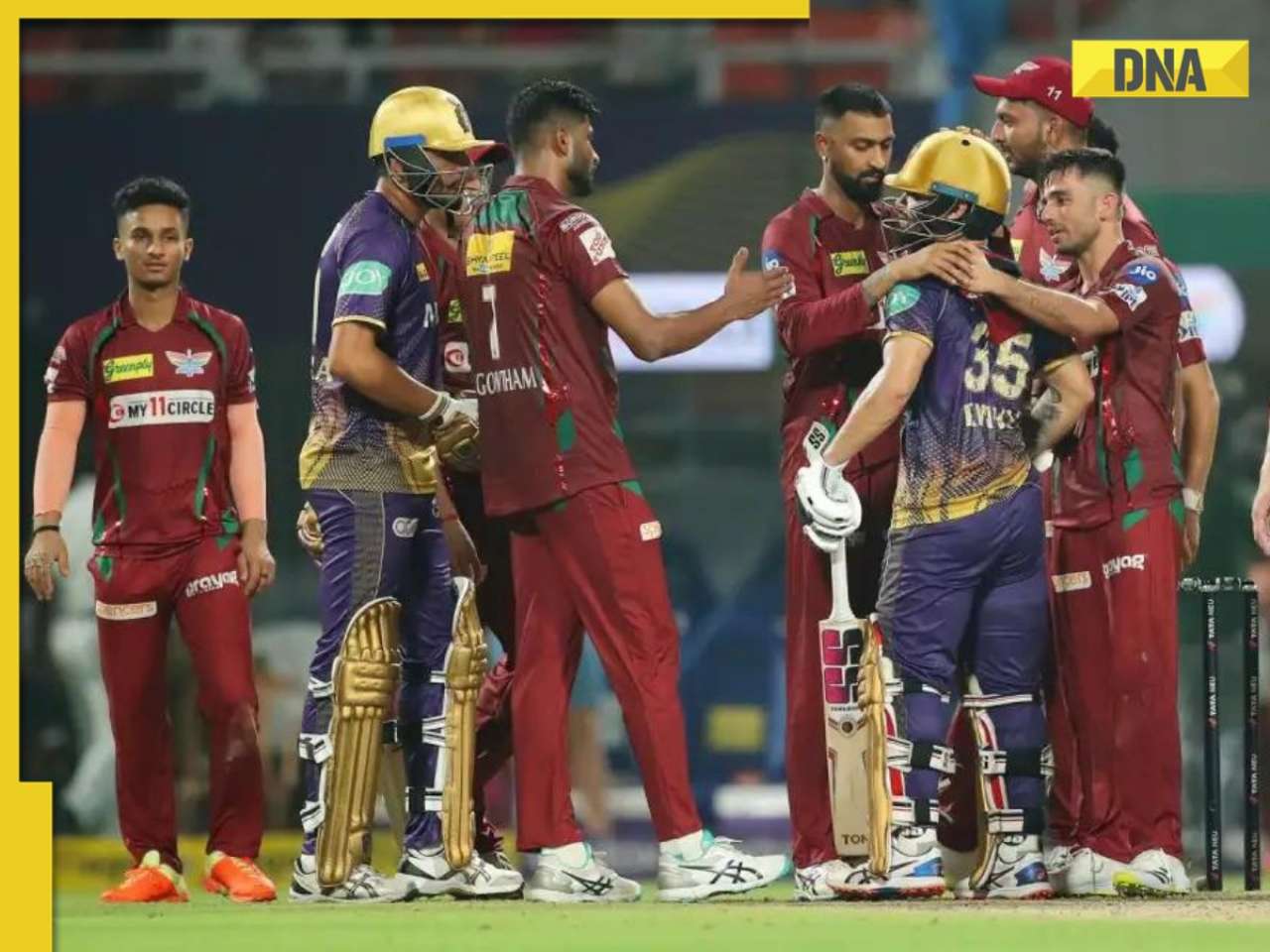Ritu Roy managed in just three years what had taken her father nearly three decades. She bought a flat, thanks to a bank giving her a fixed- interest rate home loan of Rs 30 lakh at the rate of 9.5%, to be repaid in a little over 20 years.
Mumbai: Ritu Roy managed in just three years what had taken her father nearly three decades. She bought a flat, thanks to a bank giving her a fixed- interest rate home loan of Rs 30 lakh at the rate of 9.5%, to be repaid in a little over 20 years.
She had signed the contract in April 2005. The flat would be ready for occupancy only in July 2006. Meanwhile, the bank had fully disbursed the loan in three tranches of Rs 10 lakh each.
The first tranche of the loan was disbursed on May 1, 2005, the second on September 1, 2005, and the final one on April 1, 2006.
The repayment of each of the three tranches would be spread across 20 years from the month the repayment would start.
Hence, the total loan tenure would be for a period of little over 20 years, with the first equated monthly installment (EMI) being paid in May 2005 and the last in April 2026.
The EMI for each tranche was Rs 9,321.31. The repayment of the first tranche had started from the end of May 2005.
The repayment for the second tranche had started from the end of September 2005, wheareas the repayment for the third tranche started in April 2006.
Hence, from May 2005 to August 2005, Roy had paid an EMI of Rs 9,321.31 only. Once the repayment of the second tranche came in, the total EMI went up to Rs 18,642.62 (Rs 9,321.31 + Rs 9,321.31).
This was from September 2005 to March 2006. Once the repayment of the third tranche started, the total EMI went up to Rs 27,963.93 (Rs 9,321.31 + Rs 9,321.31 + Rs 9,321.31).
This would be the final EMI that Roy would have to pay till May 2025, when the first tranche of the loan would be repaid.
For the period June 2025 to September 2025, Roy would pay an EMI of Rs 18,642.62.
In September 2025, the last EMI for the second tranche of the loan would be paid. For the remaining period of the loan till April 2026, Roy would have to pay an EMI of only Rs 9,321.31 to repay the third tranche of the loan.
Though the first tranche of the loan was disbursed in May 2005, Roy would be able to move in only by July 2006, when the construction would be over.
The period between the date from which the loan was taken to month of March immediately before the financial year in which the flat construction is completed is referred to as pre-construction period. So, in Roy’s case, the period from May 1, 2005 to March 31, 2006 will be the pre-construction period.
For the pre-construction period, the interest paid on the home loan is not available as tax deduction in that financial year. The total interest paid in this period in Roy’s case is Rs 1,41,637.
One-fifth of this amount would be available as a deduction over each of the next five financial years, along with the interest deductions on the interest being repaid in that particular year. But the total tax deduction, including the interest paid in the pre-construction period, cannot exceed Rs 1,50,000.
So for 2006-07, Roy would pay an interest of Rs 2,80,144 on the home loan. Given this, she cannot claim a deduction for the interest that she paid during the pre-construction period. In fact, in each of the next four financial years, the interest she pays on the home loan will be greater than Rs 1,50,000.
So she will not be able to claim the deduction for the interest she paid during the pre-construction period.
A way around this problem is to buy the property jointly, say, with your spouse. The loan should also be taken equally and the interest and principal payments for the same should be made separately by each from their respective bank accounts.
If this is done, each is entitled to an interest deduction of up to Rs 1.5 lakh under Section 24 and a principal deduction of Rs 1 lakh under the new Section 80C. So between the two, up to Rs 5 lakh of income will be tax-free.
(The example is hypothetical)
![submenu-img]() 'They unilaterally took some measures': EAM Jaishankar on new Nepal 100 rupee currency
'They unilaterally took some measures': EAM Jaishankar on new Nepal 100 rupee currency![submenu-img]() Meet Ice Cream Lady of India, who built Rs 6000 crore company, started with small investment of Rs…
Meet Ice Cream Lady of India, who built Rs 6000 crore company, started with small investment of Rs…![submenu-img]() ‘Canada a rule-of-law country’: PM Trudeau after 3 Indian arrested over Hardeep Nijjar's murder
‘Canada a rule-of-law country’: PM Trudeau after 3 Indian arrested over Hardeep Nijjar's murder![submenu-img]() Viral video: Specially-abled girl’s energetic dance to Bollywood song wows internet, watch
Viral video: Specially-abled girl’s energetic dance to Bollywood song wows internet, watch![submenu-img]() 'Baap re baap': Imtiaz Ali reveals Diljit Dosanjh was scandalised by old women's 'vulgar' improvisation on Chamkila set
'Baap re baap': Imtiaz Ali reveals Diljit Dosanjh was scandalised by old women's 'vulgar' improvisation on Chamkila set![submenu-img]() DNA Verified: Is CAA an anti-Muslim law? Centre terms news report as 'misleading'
DNA Verified: Is CAA an anti-Muslim law? Centre terms news report as 'misleading'![submenu-img]() DNA Verified: Lok Sabha Elections 2024 to be held on April 19? Know truth behind viral message
DNA Verified: Lok Sabha Elections 2024 to be held on April 19? Know truth behind viral message![submenu-img]() DNA Verified: Modi govt giving students free laptops under 'One Student One Laptop' scheme? Know truth here
DNA Verified: Modi govt giving students free laptops under 'One Student One Laptop' scheme? Know truth here![submenu-img]() DNA Verified: Shah Rukh Khan denies reports of his role in release of India's naval officers from Qatar
DNA Verified: Shah Rukh Khan denies reports of his role in release of India's naval officers from Qatar![submenu-img]() DNA Verified: Is govt providing Rs 1.6 lakh benefit to girls under PM Ladli Laxmi Yojana? Know truth
DNA Verified: Is govt providing Rs 1.6 lakh benefit to girls under PM Ladli Laxmi Yojana? Know truth![submenu-img]() Streaming This Week: Heeramandi, Shaitaan, Manjummel Boys, latest OTT releases to binge-watch
Streaming This Week: Heeramandi, Shaitaan, Manjummel Boys, latest OTT releases to binge-watch![submenu-img]() Remember Ayesha Kapur? Michelle from Black, here's how actress, nutrition coach, entrepreneur looks after 19 years
Remember Ayesha Kapur? Michelle from Black, here's how actress, nutrition coach, entrepreneur looks after 19 years![submenu-img]() Remember Heyy Babyy's cute 'Angel' Juanna Sanghvi? 20 year-old looks unrecognisable now, fans say 'her comeback will...'
Remember Heyy Babyy's cute 'Angel' Juanna Sanghvi? 20 year-old looks unrecognisable now, fans say 'her comeback will...'![submenu-img]() In pics: Arti Singh stuns in red lehenga as she ties the knot with beau Dipak Chauhan in dreamy wedding
In pics: Arti Singh stuns in red lehenga as she ties the knot with beau Dipak Chauhan in dreamy wedding![submenu-img]() Actors who died due to cosmetic surgeries
Actors who died due to cosmetic surgeries![submenu-img]() DNA Explainer: Why Harvey Weinstein's rape conviction was overturned, will beleaguered Hollywood mogul get out of jail?
DNA Explainer: Why Harvey Weinstein's rape conviction was overturned, will beleaguered Hollywood mogul get out of jail?![submenu-img]() What is inheritance tax?
What is inheritance tax?![submenu-img]() DNA Explainer: What is cloud seeding which is blamed for wreaking havoc in Dubai?
DNA Explainer: What is cloud seeding which is blamed for wreaking havoc in Dubai?![submenu-img]() DNA Explainer: What is Israel's Arrow-3 defence system used to intercept Iran's missile attack?
DNA Explainer: What is Israel's Arrow-3 defence system used to intercept Iran's missile attack?![submenu-img]() DNA Explainer: How Iranian projectiles failed to breach iron-clad Israeli air defence
DNA Explainer: How Iranian projectiles failed to breach iron-clad Israeli air defence![submenu-img]() 'Baap re baap': Imtiaz Ali reveals Diljit Dosanjh was scandalised by old women's 'vulgar' improvisation on Chamkila set
'Baap re baap': Imtiaz Ali reveals Diljit Dosanjh was scandalised by old women's 'vulgar' improvisation on Chamkila set![submenu-img]() This actor, who worked with Karan Johar and Farhan Akhtar, gave superhit shows, saw failed marriage, killed himself at..
This actor, who worked with Karan Johar and Farhan Akhtar, gave superhit shows, saw failed marriage, killed himself at..![submenu-img]() Did you know Ranveer Singh's grandmother was popular actress? Worked with Raj Kapoor; her career affected due to...
Did you know Ranveer Singh's grandmother was popular actress? Worked with Raj Kapoor; her career affected due to...![submenu-img]() India's highest-paid TV actress began working at 8, her Bollywood films flopped, was seen in Bigg Boss 1, now charges...
India's highest-paid TV actress began working at 8, her Bollywood films flopped, was seen in Bigg Boss 1, now charges...![submenu-img]() Shreyas Talpade wonders if his heart attack was due to Covid vaccine: 'We don’t know what we have taken inside...'
Shreyas Talpade wonders if his heart attack was due to Covid vaccine: 'We don’t know what we have taken inside...'![submenu-img]() IPL 2024: Faf du Plessis, Virat Kohli help Royal Challengers Bengaluru defeat Gujarat Titans by 4 wickets
IPL 2024: Faf du Plessis, Virat Kohli help Royal Challengers Bengaluru defeat Gujarat Titans by 4 wickets![submenu-img]() IPL 2024: Why is Sai Kishore not playing today's RCB vs GT match?
IPL 2024: Why is Sai Kishore not playing today's RCB vs GT match?![submenu-img]() 'Mumbai Indians ki kahani khatam': Ex-India star slams Hardik Pandya after MI's loss to KKR at Wankhede
'Mumbai Indians ki kahani khatam': Ex-India star slams Hardik Pandya after MI's loss to KKR at Wankhede![submenu-img]() LSG vs KKR, IPL 2024: Predicted playing XI, live streaming details, weather and pitch report
LSG vs KKR, IPL 2024: Predicted playing XI, live streaming details, weather and pitch report![submenu-img]() LSG vs KKR IPL 2024 Dream11 prediction: Fantasy cricket tips for Lucknow Super Giants vs Kolkata Knight Riders
LSG vs KKR IPL 2024 Dream11 prediction: Fantasy cricket tips for Lucknow Super Giants vs Kolkata Knight Riders![submenu-img]() Viral video: Specially-abled girl’s energetic dance to Bollywood song wows internet, watch
Viral video: Specially-abled girl’s energetic dance to Bollywood song wows internet, watch![submenu-img]() Viral video: Man educates younger brother about mensuration, internet is highly impressed
Viral video: Man educates younger brother about mensuration, internet is highly impressed![submenu-img]() Girl's wedding dance to Haryanvi song interrupted by mother in viral video, internet reacts
Girl's wedding dance to Haryanvi song interrupted by mother in viral video, internet reacts![submenu-img]() Viral video: Man fearlessly grabs dozens of snakes, internet is scared
Viral video: Man fearlessly grabs dozens of snakes, internet is scared![submenu-img]() This mysterious mobile phone number was suspended after three users...
This mysterious mobile phone number was suspended after three users...

















































)
)
)
)
)
)